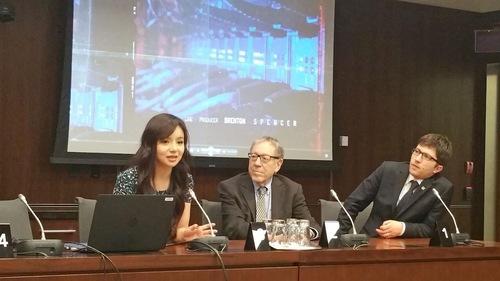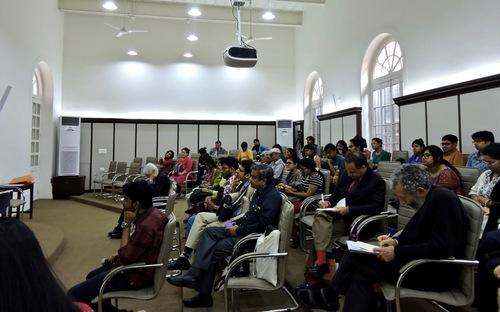On Wednesday, reports emerged that Chinese researchers had conducted germline editing—the modification of non-somatic sex cells and embryos—for the first time, attempting to remove a gene responsible for a common blood disorder.
The news was greeted with little fanfare from leading researchers in the field; they had already preemptively condemned the practice weeks before the researchers at Sun Yat-sen University in Guangzhou had published their results.
In the March issue of Science, a coterie of biologists called for a moratorium on germline editing until there was further public discussion on the potential medical, legal, and ethical consequences of the practice.
“Let’s make sure we are doing the appropriate research before employing it in ways that could be harmful,” Jennifer Doudna, chair of the Center for Biomedical and Health Sciences at UC Berkeley and a co-author of the Science article, said in an interview in April. “The recommendation is for a clinical pause.”
Doudna is a pioneer of the CRISPR-Cas9, the innovative genome editing method that was used by the researchers at Sun Yat-sen. CRISPR involves the use of an enzyme complex to cut into DNA and replace specific genes.
CRISPR was first described by Doudna and her co-author, Emmanuelle Charpentier, in Science in 2012. Despite the novelty of the technique, gene-editing itself is decades old; CRISPR mainly expanded access to gene-editing by making it much more affordable.
CRISPR has been described as a major advancement for biotechnology, and last November Doudna and Charpentier were handed the Breakthrough Prize by Cameron Diaz and Twitter CEO Dick Costolo, worth $3 million dollars each for both researchers.
Extensive clinical research in genetic modification already exists, but until now, it’s been corralled to the editing of somatic (non-sexual) human cells.
The Dangers of Embryo Editing
Germline editing raises a host of medical and ethical concerns distinct from existing genetic modification, with much of the latter concerned with therapeutic uses; one example given by the advocates for caution was modified T cells that could substitute for existing drugs for HIV/AIDs.
The infusion of modified somatic cells doesn’t risk passing on the modified genes to the next generation, whereas a hypothetical “designer baby” could pass on their edited genes to the next generation, which could carry unknown risks of its own, although this wasn’t a problem for the researchers at Sun Yat-sen, who had purposely used non-viable embryos.
“Scientists currently lack an adequate understanding of the safety and potential long term risks of germline genome modification,” the International Society for Stem Cell Research (ISSCR) said in March, in a statement that called for a moratorium on clinical human germline editing.




